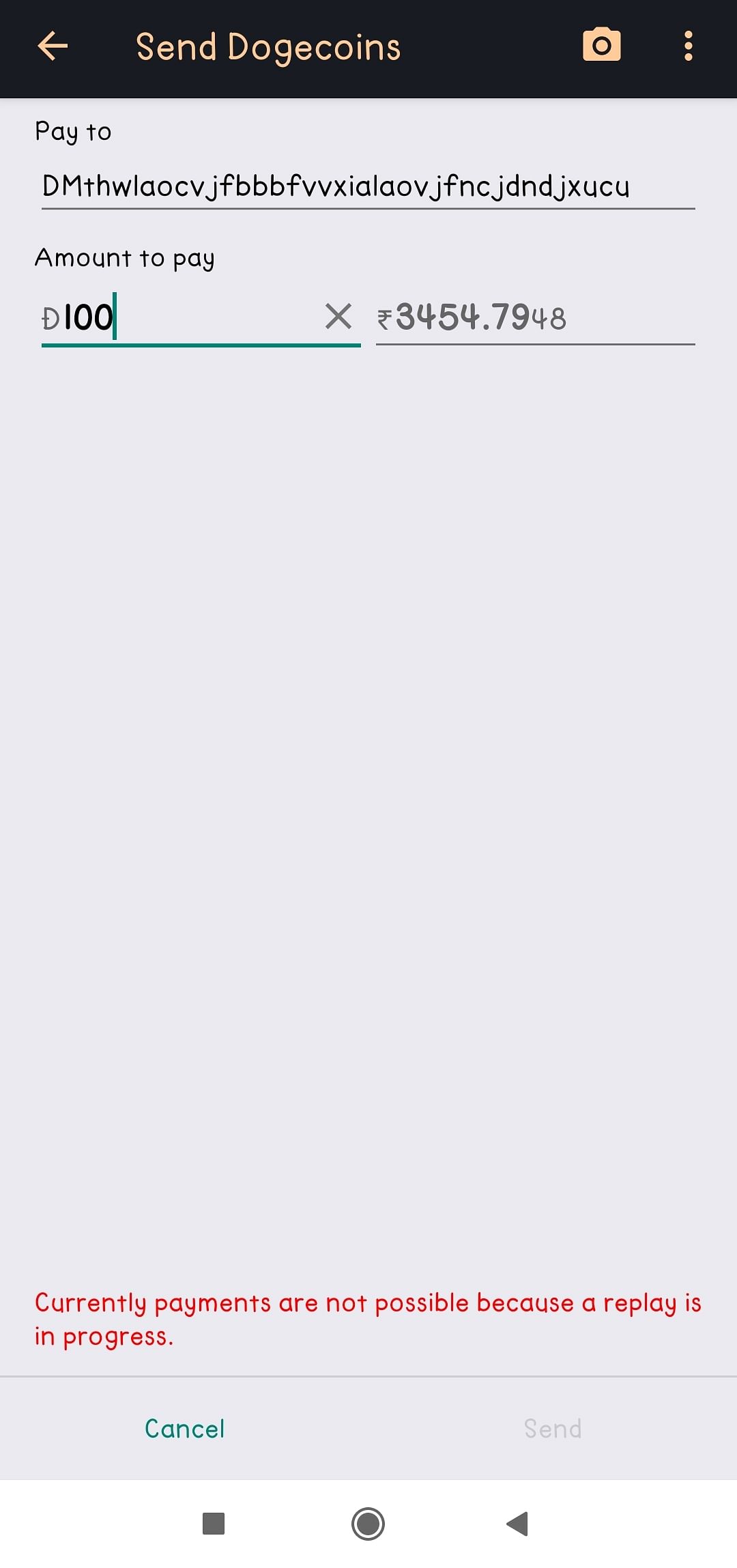

There is a mathematical relationship between the public and the private key that allows the private key to be used to generate signatures on messages. The public key is used to receive bitcoins, and the private key is used to sign transactions to spend those bitcoins. The key pair consists of a private key and-derived from it-a unique public key. In bitcoin, we use public key cryptography to create a key pair that controls access to bitcoins. Bitcoin uses elliptic curve multiplication as the basis for its public key cryptography. Based on these mathematical functions, cryptography enables the creation of digital secrets and unforgeable digital signatures.

These mathematical functions are practically irreversible, meaning that they are easy to calculate in one direction and infeasible to calculate in the opposite direction. Since the invention of public key cryptography, several suitable mathematical functions, such as prime number exponentiation and elliptic curve multiplication, have been discovered. Public key cryptography was invented in the 1970s and is a mathematical foundation for computer and information security. Public Key Cryptography and Cryptocurrency Finally, we will look at special uses of keys: to sign messages, to prove ownership, and to create vanity addresses and paper wallets. We will review the various encoding formats used to represent private and public keys, addresses, and script addresses. We will look at how keys are generated, stored, and managed. In this chapter we will introduce wallets, which contain cryptographic keys. The bitcoin address is the only representation of the keys that users will routinely see, because this is the part they need to share with the world. This way, bitcoin addresses abstract the recipient of funds, making transaction destinations flexible, similar to paper checks: a single payment instrument that can be used to pay into people’s accounts, pay into company accounts, pay for bills, or pay to cash. However, not all bitcoin addresses represent public keys they can also represent other beneficiaries such as scripts, as we will see later in this chapter. In most cases, a bitcoin address is generated from and corresponds to a public key. In the payment portion of a bitcoin transaction, the recipient’s public key is represented by its digital fingerprint, called a bitcoin address, which is used in the same way as the beneficiary name on a check (i.e., “Pay to the order of”).

For the most part, they are stored inside the wallet file and managed by the bitcoin wallet software. These digital keys are very rarely seen by the users of bitcoin. Think of the public key as similar to a bank account number and the private key as similar to the secret PIN, or signature on a check that provides control over the account. Keys come in pairs consisting of a private (secret) key and a public key. Keys enable many of the interesting properties of bitcoin, including de-centralized trust and control, ownership attestation, and the cryptographic-proof security model.Įvery bitcoin transaction requires a valid signature to be included in the blockchain, which can only be generated with valid digital keys therefore, anyone with a copy of those keys has control of the bitcoin in that account.
#Dogecoin core wallet convert coin to bitcoin software#
The digital keys in a user’s wallet are completely independent of the bitcoin protocol and can be generated and managed by the user’s wallet software without reference to the blockchain or access to the Internet. The digital keys are not actually stored in the network, but are instead created and stored by users in a file, or simple database, called a wallet. Ownership of bitcoin is established through digital keys, bitcoin addresses, and digital signatures.


 0 kommentar(er)
0 kommentar(er)
